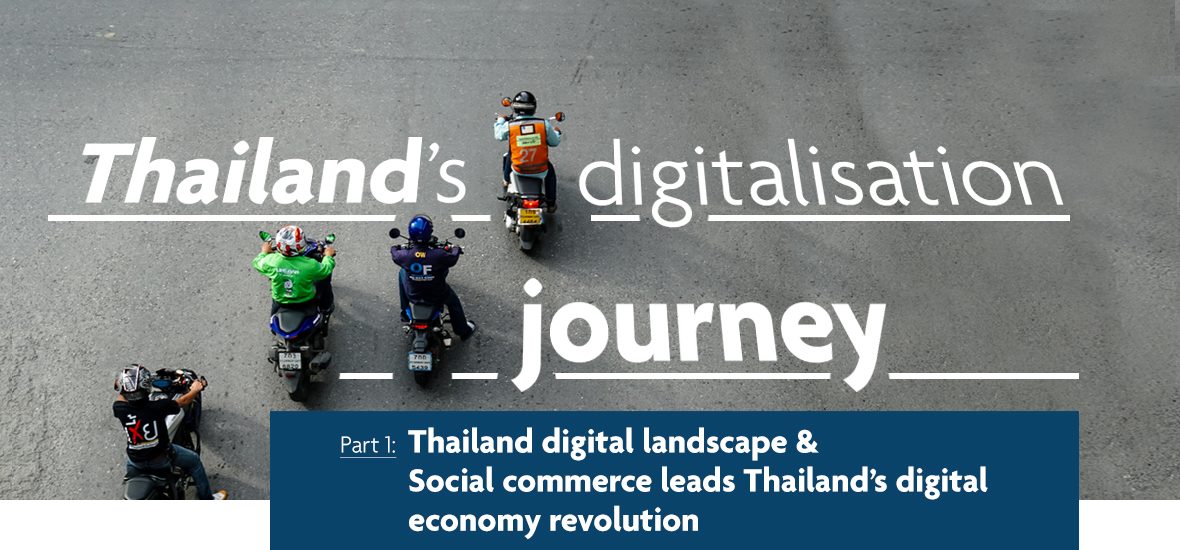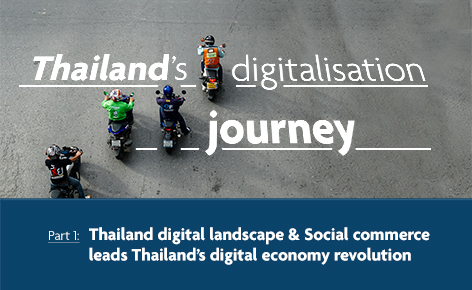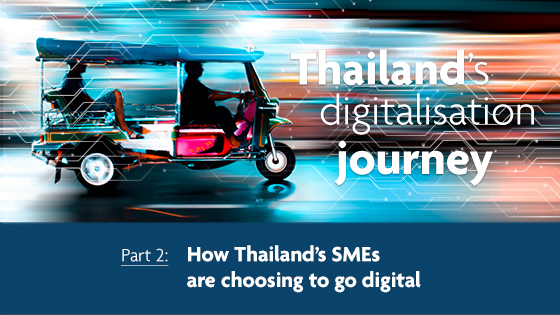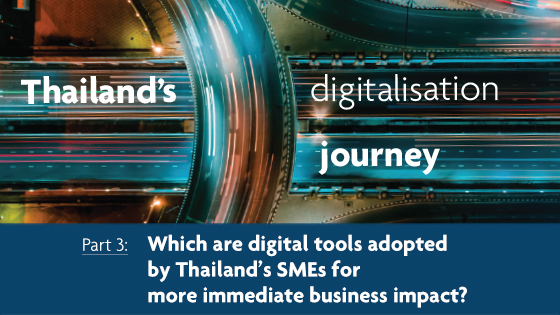Thailand digital landscape
Consistent economic growth, a large and young population, proactive national initiatives and growing internet and smartphone penetration - these are key ingredients for the nation’s FinTech growth. Thailand checks all of the boxes above and is now strategically-positioned to capitalise on its evolving financial services industry.
Much of this has to do with connectivity; in just a year alone, Thailand’s internet access rose from 67 percent of its more than 60 million population to 84 percent in 2018; making it one of the leading countries in ASEAN in terms of online connectivity. And this connectivity has also extended to social media usage. A study done by We Are Social and Hootsuite in 2018 showed that 74 percent of people in Thailand are active social media users, with 67 percent of them connecting to social media on their phones.
This, coupled with Thailand’s relatively strong banked population, means that there are manifoldopportunities to tap into the mobile FinTech sector, especially with national digitalisation pushes such as Thailand 4.0. In addition, there are also initiatives being spearheaded by the country’s central bank, the Bank of Thailand (BOT), such as the National e-Payments Master Plan and the creation of a FinTech regulatory sandbox.
Social commerce leads Thailand’s digital economy revolution
In Thailand, start-ups are developing more innovative technologies that not only benefit the financial sector but also the general consumer – resulting in the convergence of FinTech and social media that is social commerce. As Thai consumers become increasingly digitalsavvy, FinTech start-ups are seeing more opportunities in social commerce with innovative solutions that will better serve consumers or solve long-standing problems for businesses. Social commerce is gaining more traction than payments. To illustrate, most online vendors in Thailand now do not own an official payment system for their customers. Instead, online purchases in Thailand are now mostly completed via contacting merchants through instant messaging applications such as Facebook Messenger and LINE.
Article source: The Finlab









